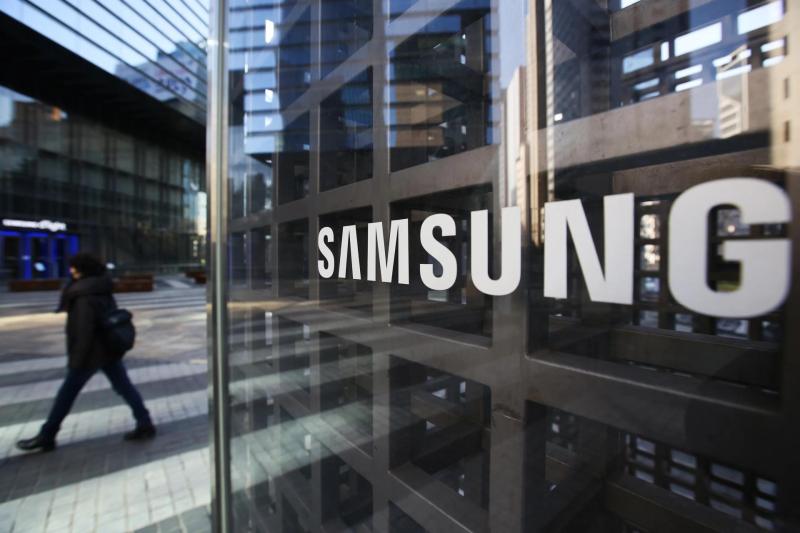Samsung Electronics has announced that its Device Solutions (DS) division, responsible for semiconductor operations, will pay performance-based bonuses (TAI) of up to 25% of base monthly salary for the first half of 2025. Notably, the company's foundry unit will receive no bonuses at all, reflecting the ongoing downturn in wafer foundry and NAND flash markets.
The bonus guidelines were published internally on July 4, with payments scheduled for July 8. TAI (Target Achievement Incentive) is a core element of Samsung's performance reward system, distributed biannually based on the business unit's operational performance. Under this scheme, the maximum payout can reach up to 100% of an employee's monthly base salary.
For H1 2025, the DS division set bonus levels as follows:
● Memory Division: 25%
● System LSI Division: 12.5%
● Semiconductor R&D Center: 12.5%
● Foundry Division: 0%
The foundry unit's exclusion from this round of incentives comes as it continues to struggle with mounting losses, while other divisions also see reduced bonuses due to weakening demand, particularly in NAND flash. The lack of performance bonuses underscores the severity of the downturn in Samsung's semiconductor business.

Samsung's DS division had consistently awarded the maximum TAI bonuses from 2015 through H1 2022. However, since the market began to decline in late 2022, incentive payouts have fallen sharply. In H2 2023, amid a historic industry slump, the memory division received just 12.5%, while both the foundry and system LSI units received nothing—the lowest levels since the TAI system was introduced.
Although performance-based compensation rebounded somewhat in 2024—reaching up to 200% for the memory division in H2—the situation has once again deteriorated. Analysts point to steep declines in NAND flash profitability, along with continued losses in the foundry and system LSI businesses, as key drivers of the lower bonus payouts.
Flagship initiatives such as high-bandwidth memory (HBM), cutting-edge sub-3nm foundry processes, and the next-generation Exynos 2500 mobile processor have not delivered the expected results, further dampening performance across DS.
For Q2 2025, Samsung's semiconductor operating profit dropped to 1.1 trillion KRW, down from 1.91 trillion KRW a year ago and 2.9 trillion KRW in the previous quarter. The weak performance is expected to persist into the second half of the year.
+86 191 9627 2716
+86 181 7379 0595
8:30 a.m. to 5:30 p.m., Monday to Friday
